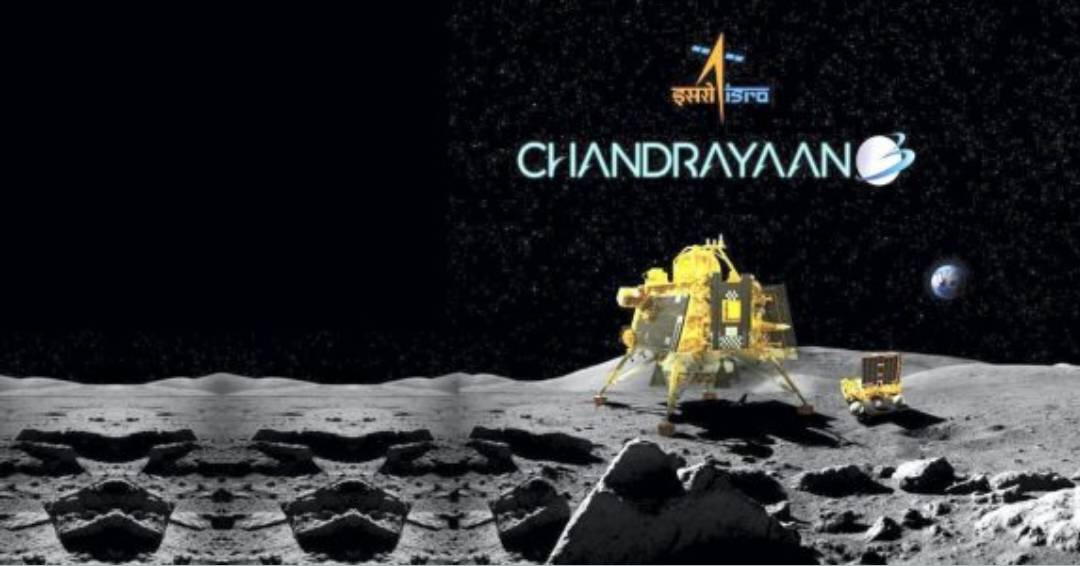
India’s Chandrayaan-3 mission, led by ISRO, is on the cusp of a historic moment. The ambitious project, aiming to achieve a soft landing on the Moon’s south pole, represents India’s determination to explore new frontiers. Scheduled for Wednesday evening, the Lander Module (LM), composed of the lander Vikram and rover Pragyan, will touch down near the lunar south pole. If successful, this mission will showcase India’s mastery of soft-landing technology, joining the ranks of the US, China, and the former Soviet Union. Chandrayaan-3 is a follow-up to Chandrayaan-2, designed to demonstrate safe landing, roving, and in-situ experiments on the lunar surface.
Chandrayaan-2 encountered a setback in 2019 when its lander Vikram crashed, revealing the challenges of lunar exploration. With an investment of Rs 600 crore, Chandrayaan-3’s launch on July 14 marked a 41-day journey towards its lunar destination. The mission is especially timely, occurring shortly after Russia’s Luna-25 spacecraft met an unfortunate fate.
The intricacies of the landing process have been likened to “17 minutes of terror,” involving complex maneuvers and autonomous decision-making. ISRO’s Space Applications Centre Director Nilesh Desai highlighted the possibility of a delay if health parameters of the LM prove abnormal on landing day.
The descent involves a series of controlled thrusting and adjustments to ensure a safe touch down. ISRO Chairman S Somanath emphasized the challenge of transitioning the lander from horizontal to vertical orientation during descent. After landing, the rover will emerge from the lander’s belly to explore the lunar surface for a mission life of approximately 14 Earth days.
The significance of Chandrayaan-3 goes beyond technological achievements. It aims to explore the largely uncharted south pole, believed to hold secrets about the Moon’s polar regions and possible water presence. The LM and rover carry scientific payloads to study the lunar surface, its composition, thermal properties, and seismic activity.
ISRO’s approach has shifted from success-based to failure-based design, reflecting a focus on addressing potential issues. With Chandrayaan-3, India is poised to contribute valuable insights to lunar exploration and showcase its prowess on the global stage.

Post Your Comments